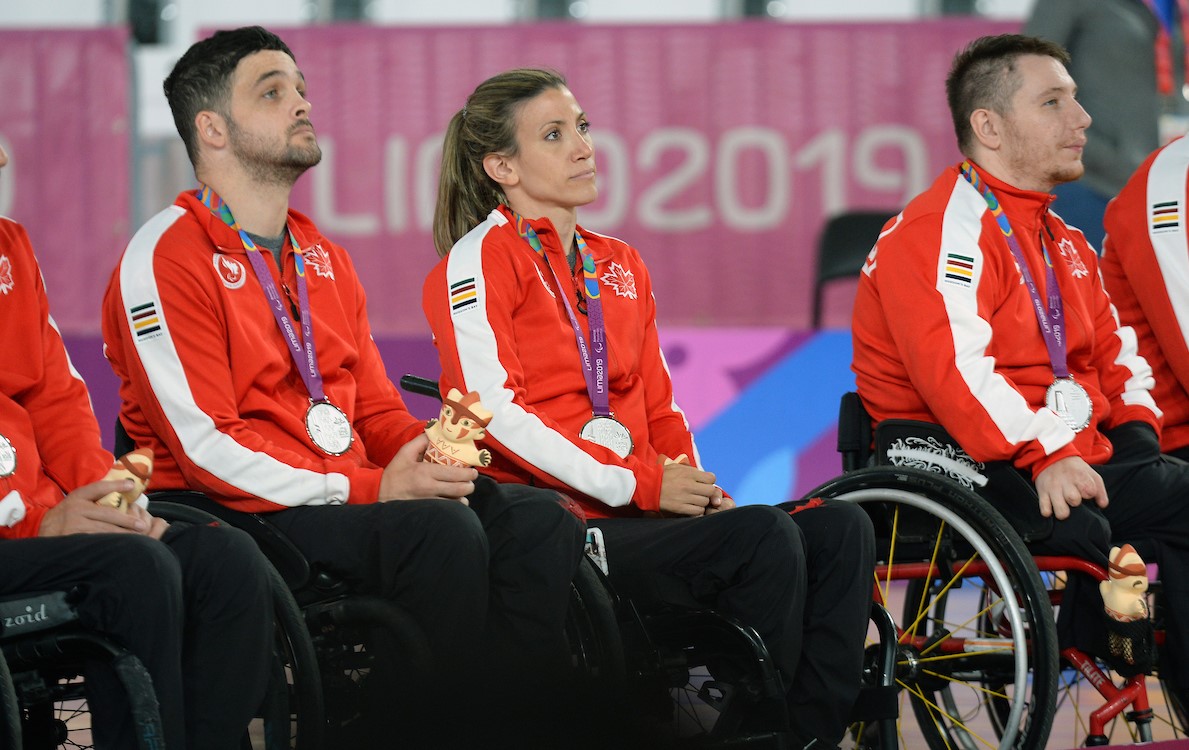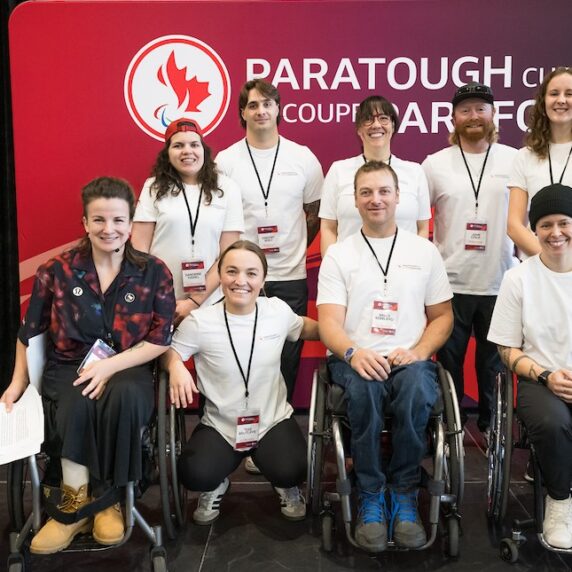International Wheelchair Day a time to reflect for Canadian Para athletes
Essential tool is an extension of self for many

March 1 may be International Wheelchair Day but for Canadian national team Para athlete Mélanie Labelle that date is also the anniversary of a tragic event which makes that tool essential in her life.
It was on March 1, 2016 that Labelle was injured in an unfortunate accident while swing dancing. She broke her neck when she performed an aerial move, losing the use of her legs and hands, and partial use of her arms.
Once she realized her injuries were permanent, she tried several sports in rehabilitation before she was introduced to wheelchair rugby, once called Murderball, the roughest and toughest of all Para sports. Through her dedication to training and hard work, she became the only female member of Canada’s national team in 2019.
Labelle says each person regards the wheelchair in a different way.
‘’One hundred percent of my comings and goings have been in a wheelchair for the past five years,’’ said Labelle, 35, from St-Hubert, Que. ‘’I think of it as an extension of my whole body just as my arms and legs are. It is crucial though to have a wheelchair tailor-made for you or else it feels like running a marathon with oversized shoes.”
International Wheelchair Day celebrates the positive impact wheelchairs have made on the lives of many people around the world. Alison Levine, Canada’s top boccia player who is ranked number-one in the world in her category, shares that sentiment.
“Many people think of a wheelchair as a restriction,’’ said the 30-year-old from Montreal, who has an idiopathic neuromuscular disorder that causes weakness in all her muscles. “I often hear the terms ‘wheelchair bound’ or ‘confined to a wheelchair’, but I have never once considered my wheelchair something that holds me back. My wheelchairs allow me to be an active member of society and an athlete.”
Patrick Anderson, Canada’s wheelchair basketball star, says the sport and its corresponding tool helped him move on from his horrific accident. At age nine, Anderson was hit by a drunk driver and lost both legs. A year later, he was shooting hoops.
“It was probably the first time in a year that I didn’t think about skating and think about running and think about jumping, climbing, falling out the trees,” Anderson said at a school visit in 2019 in his hometown of Fergus, Ont. “Because I was flying … like someone had taken my legs and sat back and said ‘oh, wait a second I have something for you, here’s some wings’.”
There are of course still many challenges for people in wheelchairs in today’s society, including a need for greater accessibility whether it is accessing a building or how wheelchairs are transported in travel, and Canada’s Para athletes mentioned their fair share of frustrations.
But these athletes have also shown that with determination, nobody can put a stick in their wheels.



"*" indicates required fields
"*" indicates required fields